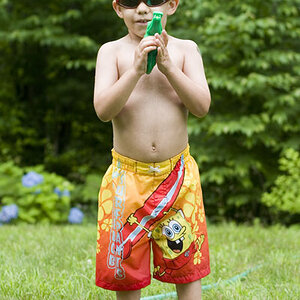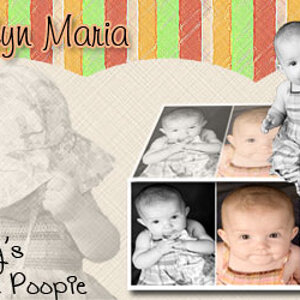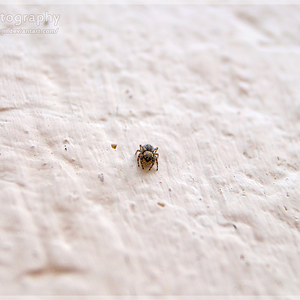Canosonic
TPF Noob!
- Joined
- Jan 2, 2009
- Messages
- 660
- Reaction score
- 0
- Location
- Germany, Bonn
- Can others edit my Photos
- Photos OK to edit
So, finally found some spare money in my pocket and I decided to try out B&W analog photography! Before, I've done only digital.
I have a couple of questions:
#1 The camera I'm gonna choose. Canon EOS 50 or Canon EOS 30. I think I'll go with the older version (50), just wondering , does it have Eye controlled focusing? Is it a good choice overall?
#2 Enlarger. Can't afford that. Can I just develop the film, make contact prints, choose what I want and bring developed rolls to a dealer and have them enlarge it? Is it expensive? I mean, if I get the enlarger, when will it redeem itself?
Can I just develop the film, make contact prints, choose what I want and bring developed rolls to a dealer and have them enlarge it? Is it expensive? I mean, if I get the enlarger, when will it redeem itself?
#3 Chemicals. This is all what I'm gonna need, right?:
Kodak D-76 Developer
Kodak T-Max Fixer
Amaloco S-10 Stop bath
Print WA Print Developer (for the contact prints)
That's all, right? I would have just stuck to Kodak, if all the chemistry was available in Germany.
There's also an Ilford starter kit with paper that makes things 10 times easier, but they ain't giving me a stopper. How can you go without it?
And is it OK too skip the detergent?
#4 Paper.
I don't get it. Is the paper for contact printing the same for simple printing?
I think that's all for the moment.
Thanks in advance.
P.S. Happy Valentines day!
I have a couple of questions:
#1 The camera I'm gonna choose. Canon EOS 50 or Canon EOS 30. I think I'll go with the older version (50), just wondering , does it have Eye controlled focusing? Is it a good choice overall?
#2 Enlarger. Can't afford that.
#3 Chemicals. This is all what I'm gonna need, right?:
Kodak D-76 Developer
Kodak T-Max Fixer
Amaloco S-10 Stop bath
Print WA Print Developer (for the contact prints)
That's all, right? I would have just stuck to Kodak, if all the chemistry was available in Germany.
There's also an Ilford starter kit with paper that makes things 10 times easier, but they ain't giving me a stopper. How can you go without it?
And is it OK too skip the detergent?
#4 Paper.
I don't get it. Is the paper for contact printing the same for simple printing?
I think that's all for the moment.
Thanks in advance.
P.S. Happy Valentines day!


![[No title]](/data/xfmg/thumbnail/36/36651-948fc64542c147745d3f3c48bce31dce.jpg?1619737673)
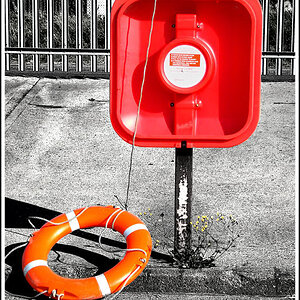
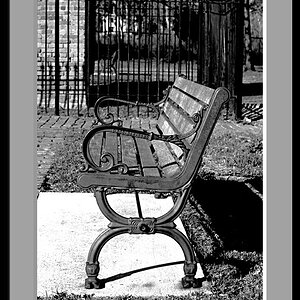
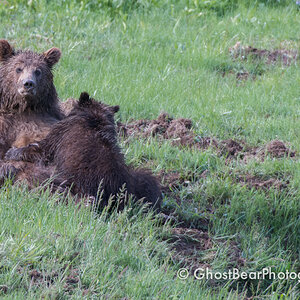
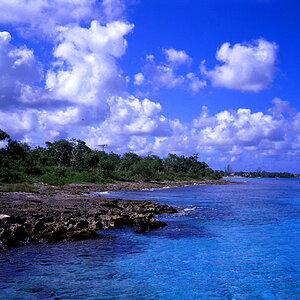
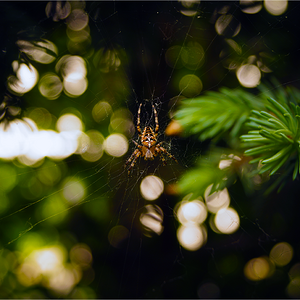
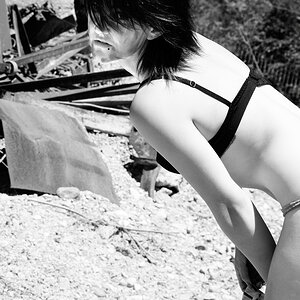
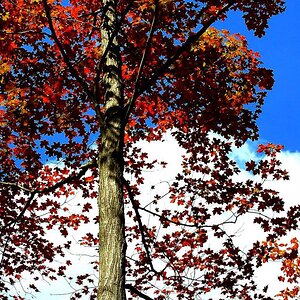
![[No title]](/data/xfmg/thumbnail/39/39474-4ba9b46daa507ab0506d70b86d8622ee.jpg?1619739044)
